Chomeiji Temple, the Temple of Long Life
OmiHachiman is the most famous tourist spot in the Omi region. Famous for the ruins of Hachiman-yama Castle and its beautiful moats and its abundance of one-of-a-kind local food, the city is also home to the historic Chomeiji Temple, the 31st temple of the Saigoku Kannon Pilgrimage.
Chomeiji Temple
Getting to Chomeiji
Taking a bus from Omihachiman Station, we arrived at the Chomeiji bus stop after 30 minutes. The bus was full, but it dropped by several popular major tourist spots including the Hachiman-yama Castle’s moats and La Corina, people got off by the time we arrived at Chomeiji.
After you get off at the temple’s bus stop you will not see it right away.
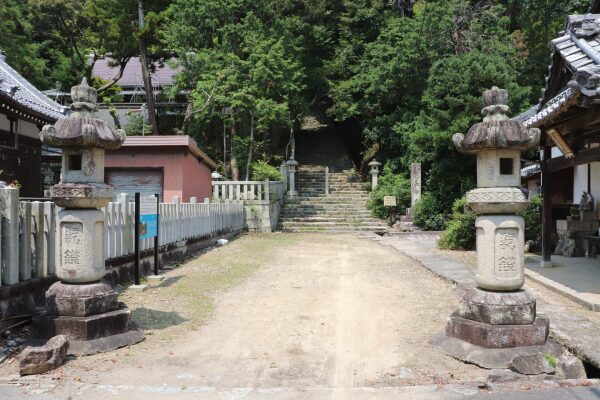
To reach the temple you have to climb 808 stairs to reach the temple grounds, which sit at the top of the modest-sized mountain of the same name.
It was only 20 minutes to walk up the stairs. As it was the middle of the summer, it was hot! Make sure to take plenty of water with you!!
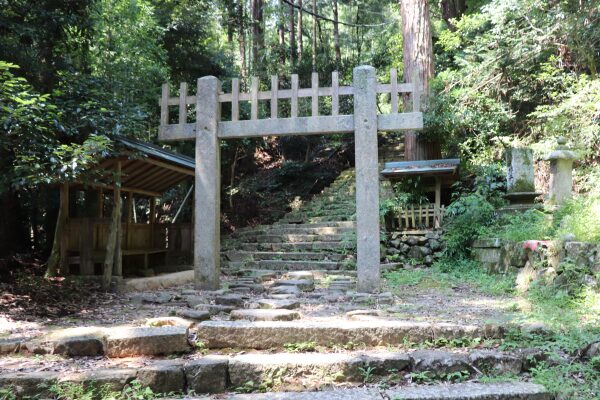
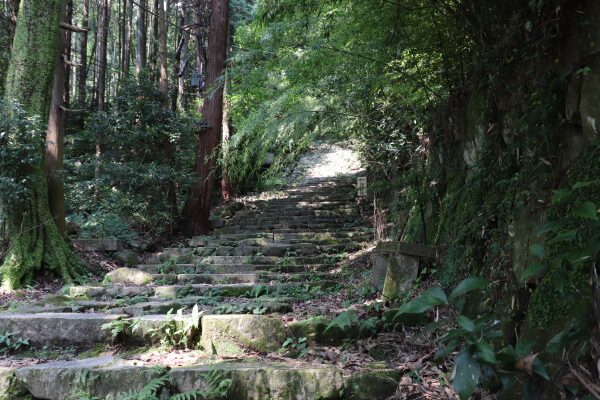
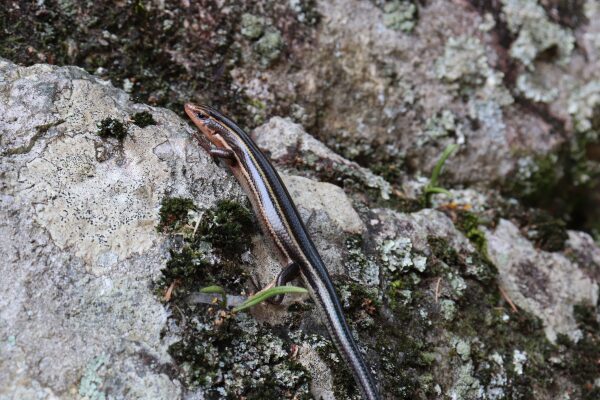
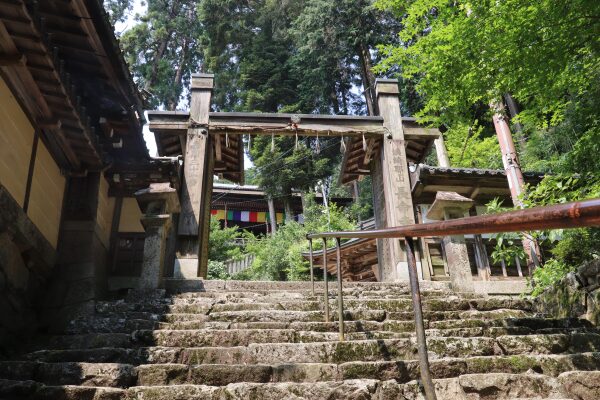
About Chomeiji Temple
Temple records place the origins of Chomeiji to around the 4th century and center around a story of the famous ancient politician Takenouchi no Sukune carved the following passage into a large willow tree.
[寿命長遠所願成就]
” I wish to live a long life”
Miraculously his wish really came true and allegedly he lived to be 300 years old.
Several hundred years later, Prince Shotoku found Sukune’s inscription in the tree. Since Sukune was a very famous politician indeed, Prince Shotoku was quite impressed with his discovery. Just then, an old man appeared and instructed the prince to carve the tree into a Kannon statue. Prince Shotoku followed the man’s instructions and enshrined his statue in the little temple, naming it “Chomeiji” meaning, “the temple of long life”.
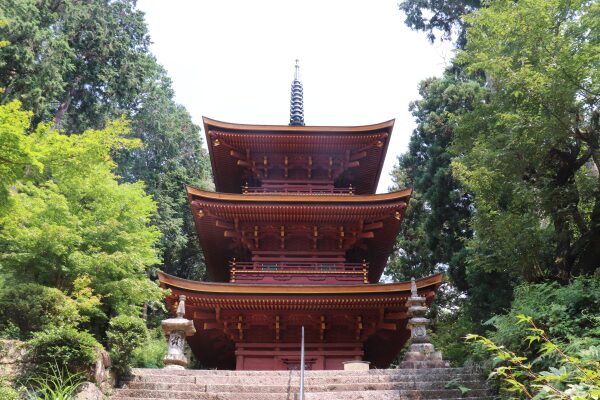
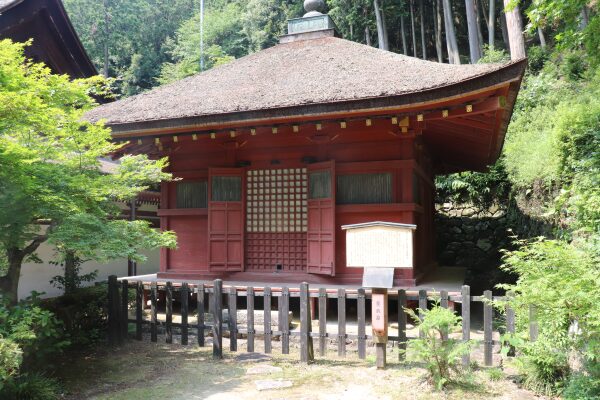
Temple Grounds
The Hondo enshrines a Senju Kannon statue and two other Kannon statues, Jyuichimen-Kannon and Sho-Kannon, all of which date back to the 10-12th centuries. These statues are only periodically out for public viewing and we aren’t sure when the temple is going to have them on display again.
Also, Behind the hondo is the shutara-iwa, which many believe is the physical embodiment of Takenouchi no Sukune. In Shiga, several shrines and temples that enshrine a huge rock. Of course, there are geological reasons why they are there, but Japanese people used to worship all those rocks as sacred.
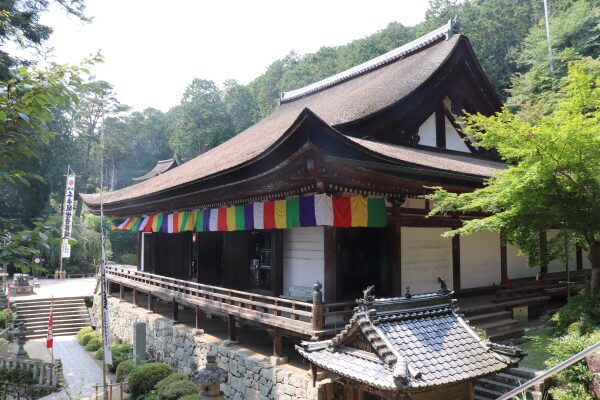
After visiting the Hondo, make sure to go to the top of the mountain, which takes only a few minutes. You can get a great view of Lake Biwa from the top of the mountain.
Also on the top of the mountain is Tarobo Daigongen Shrine, which enshrines the tengu, Tarobo, in Atago Shrine in Kyoto. Legends has it said that Tarobo, practiced in Chomeiji, but moved to Atago Shrine later. There, he missed Chomeiji and threw rocks from Atago Shrine and that’s why a huge rock is where it is today.
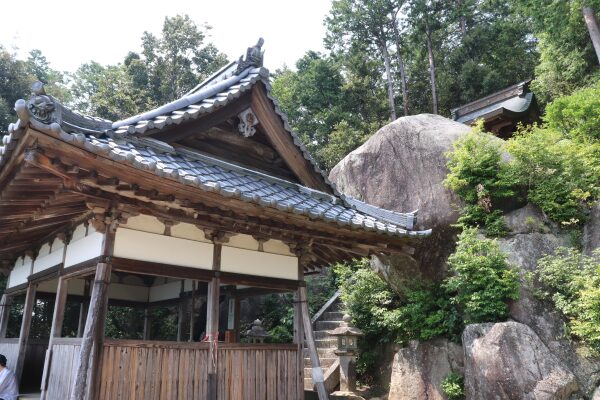
Information: Chomeiji
| Address |
157 Chomeijicho Omihachiman City, Shiga Prefecture
|
| Website |
|
| Getting To |
|
| Hours |
8AM-5PM
|
| Price Range |
Free
|
| Note |
|
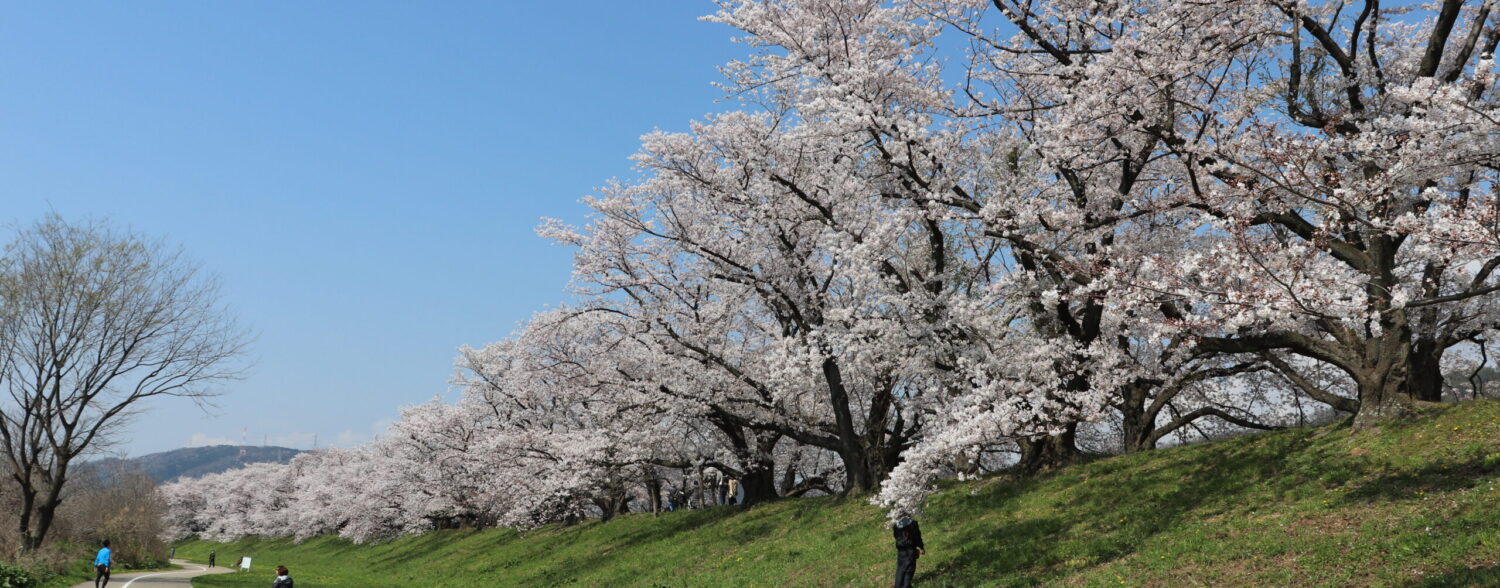
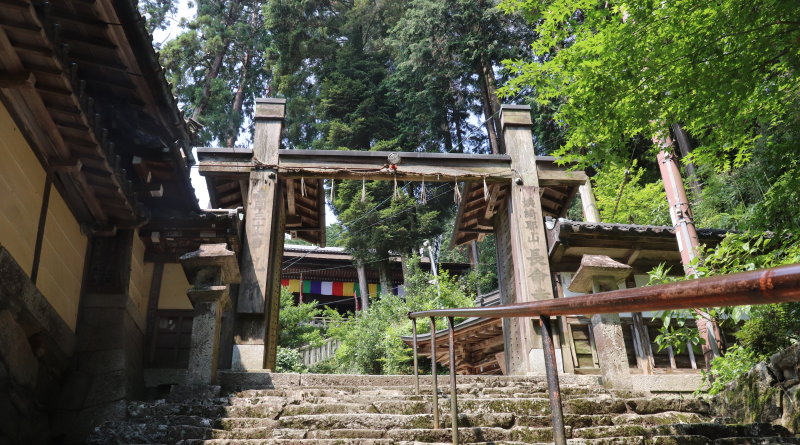
Leave a Reply